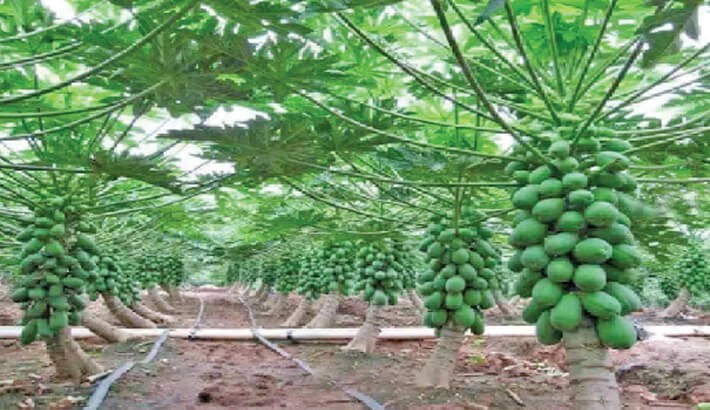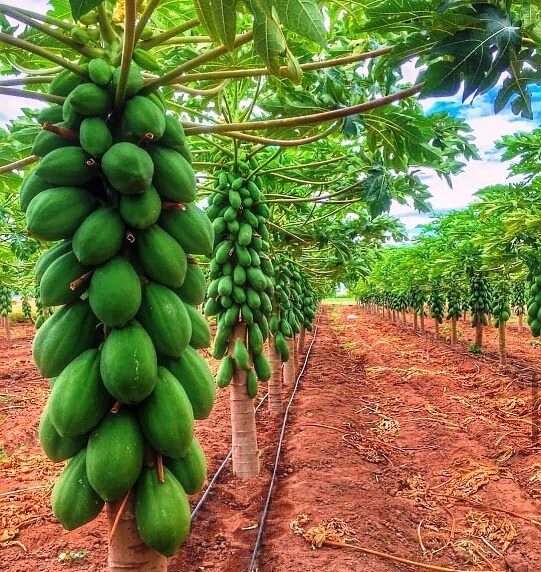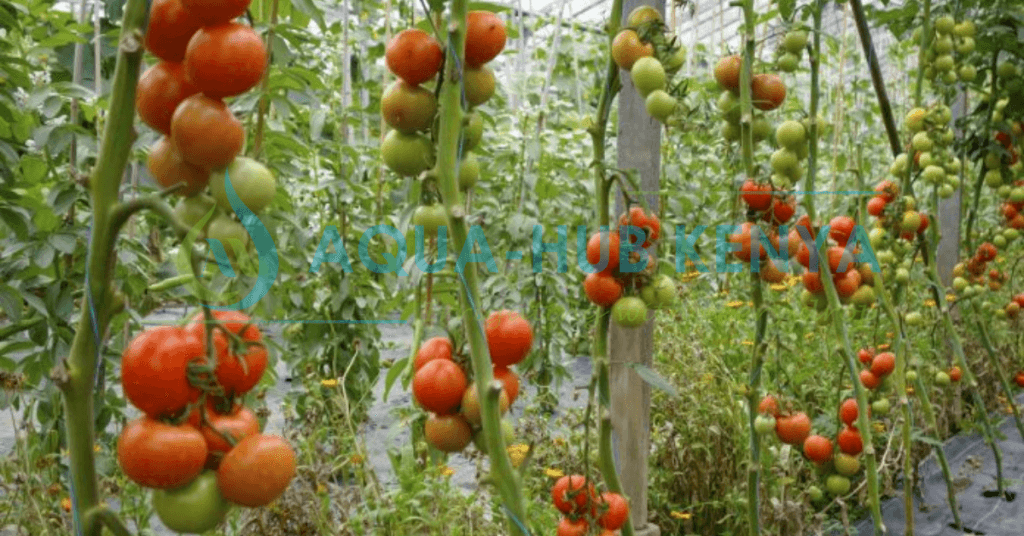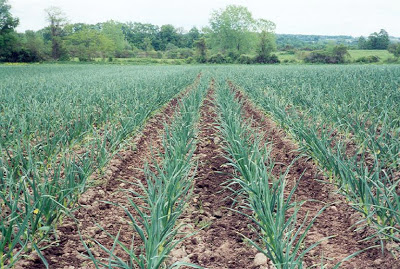Pawpaw Farming in Kenya

Pawpaw farming in Kenya is done in tropical and subtropical climates. . Papayas, which bear sweet, juicy fruits all year round, are a tropical delicacy. The skins of these fruits can be removed and eaten on their own or in a salad. A serving of pawpaw is a good source of potassium, vitamin A, and vitamin C.
Things have changed recently, and pawpaw cultivation is no longer merely a source of food; it is now a viable source of revenue in Kenya. The days of farming naively are long gone; nowadays, we practice AGRIBUSINESS, which necessitates careful consideration of both the amount of capital invested and the expected return on that investment.
Pawpaw Farming in Kenya
With an annual rainfall of around 1000 mm and an altitude of less than 2100 m above sea level required for growth, Papayas thrive. Soil should be deep, well-drained, and moist, but not saturated, for successful plant growth. Papayas are grown from seed, which is taken from healthy Papaya fruits and plants. Papaya seeds can either be sown directly in the ground or grown in a nursery.

Pawpaw Farming irrigation
Regular watering is essential for papaya’s rapid fruit development and production. Irrigation should be given weekly in summer and once every 8-10 days in the winter season, depending on weather conditions. In order to prevent waterlogging, the orchard should have a well-designed drainage system. Drought and ring irrigation are the preferred methods of irrigation. It is recommended to use drip irrigation with 80 percent resupply of evaporation losses. This can be reduced to 10-15 L of water per plant in the winter after being given 20-25 L of water each summer. 50-60% of water can be saved by using drip irrigation. Better yields can be achieved by using drip irrigation at a rate of 6-8 liters per day per plant.
There are a variety of different irrigation methods that can be employed in addition to ring and drip irrigation. Button drip irrigation is another excellent method for growing pawpaws in any place. Rain gun sprinklers and rain hose kits are also available. When starting pawpaw plants in a nursery, apply this fertilizer.
Requirements for button drip systems for pawpaw
- The water comes from the mainline. A reservoir, a river, a well, or a tank will be your irrigation water source. Size of HDPE or PVC pipe will be determined by the amount of land you have. Larger main pipes are required for farmers with more land, as opposed to those with only half an acre of trees.
- The 16mm HDPE pipes that serve the fruit tree will receive water from the mainline via a sub-mainline.
- To water the tree directly, a button dripper is attached to a 16mm HDPE line.

Irrigating pawpaw plant
- Make sure the dirt isn’t dry
Take soil moisture readings to a depth of 10 cm. It’s time to water your pawpaw tree if the weather is completely dry.
2. Analyze the health of your farm’s harvest
The leaves appear to be drooping and wilting. Then, begin irrigating.
3. Management of the Pawpaw drip irrigation system
Each block should be irrigated in its own way. Once the soil has been sufficiently moistened, but not overflowed, move on to irrigate the next block.



